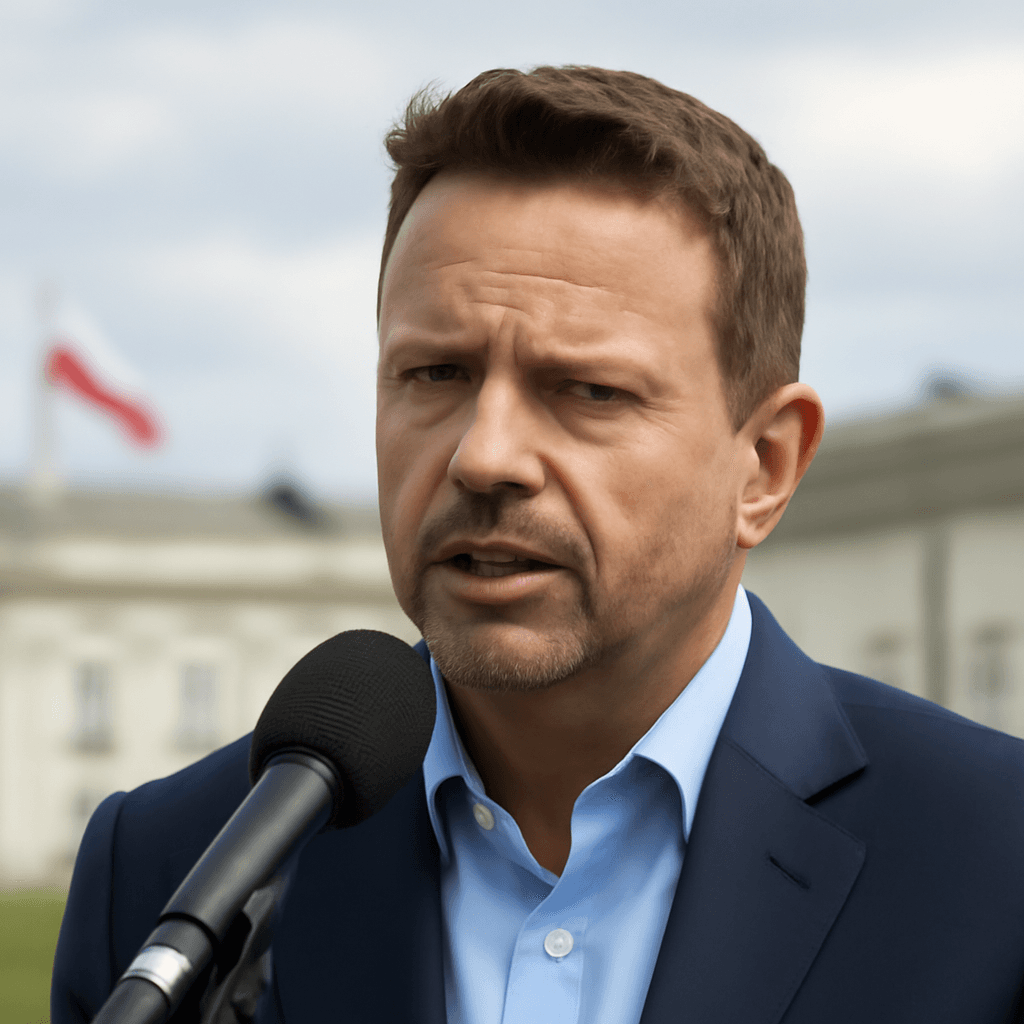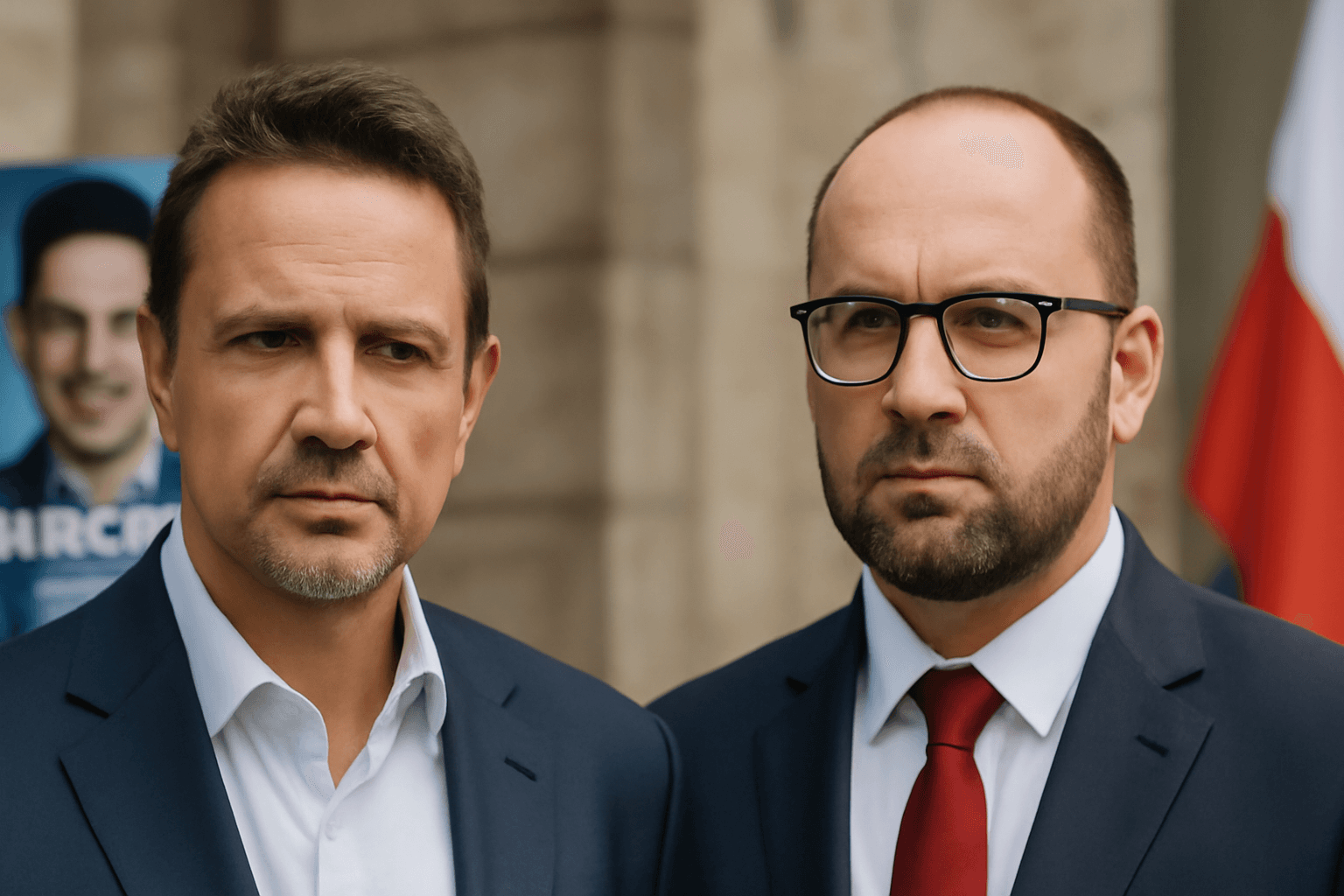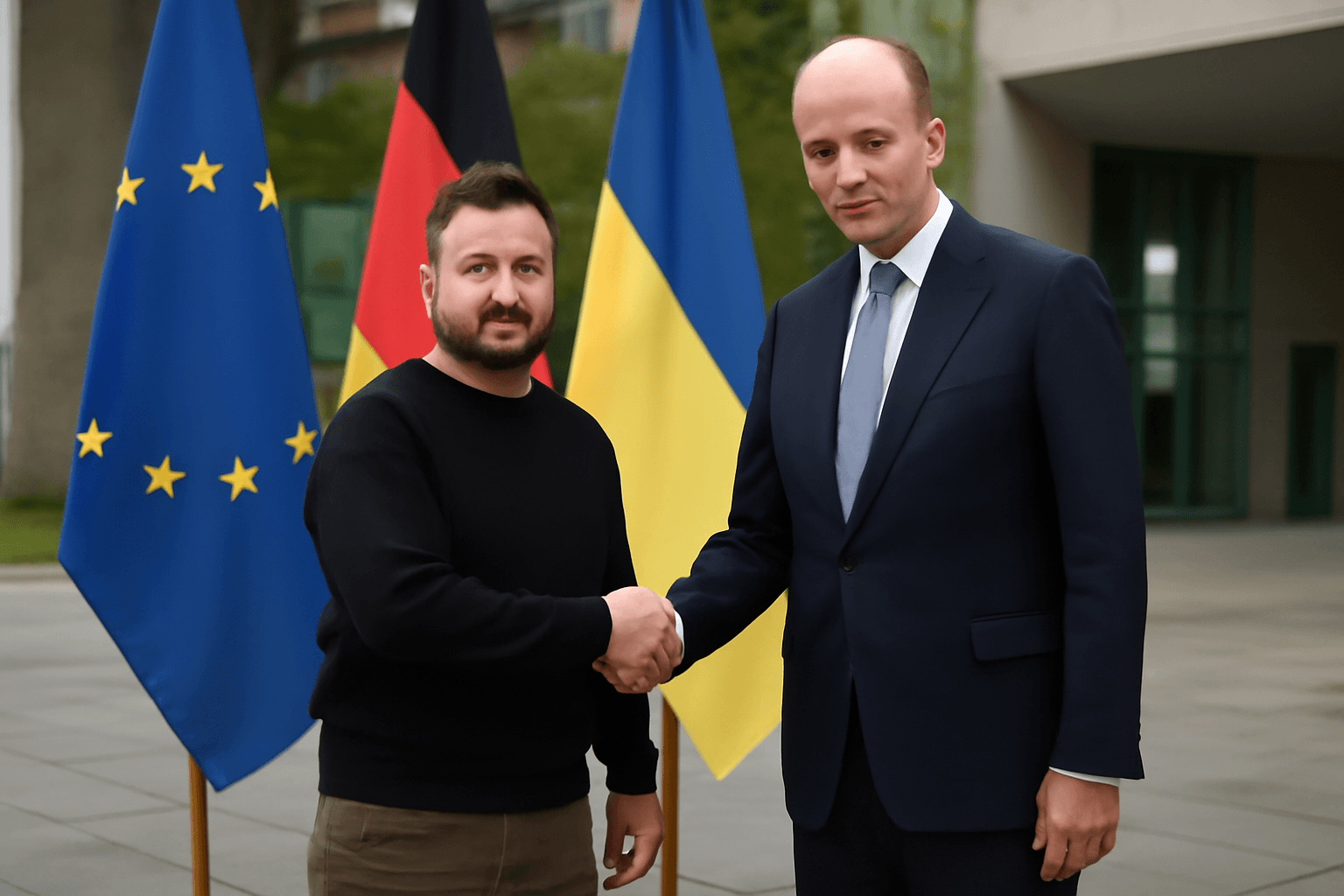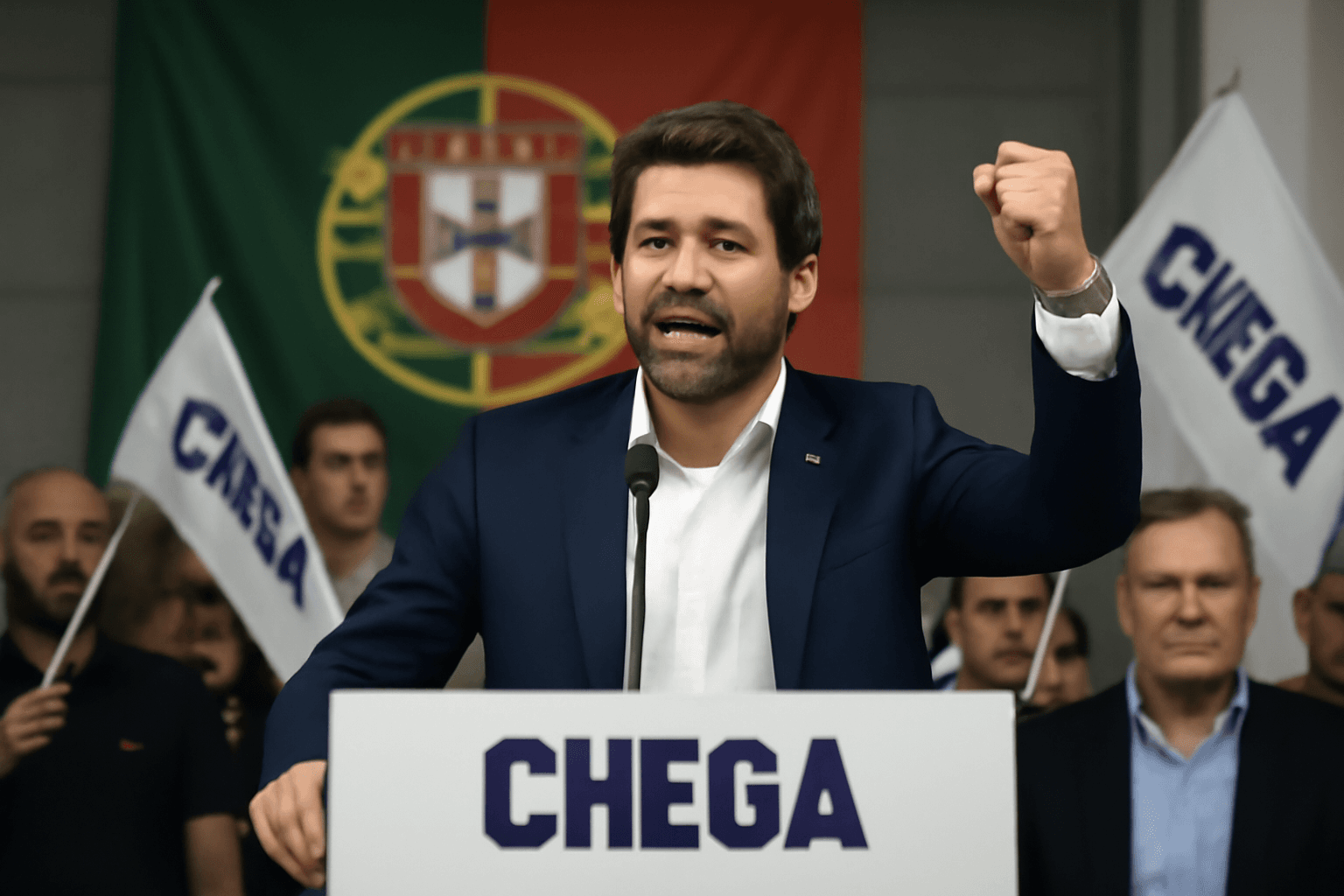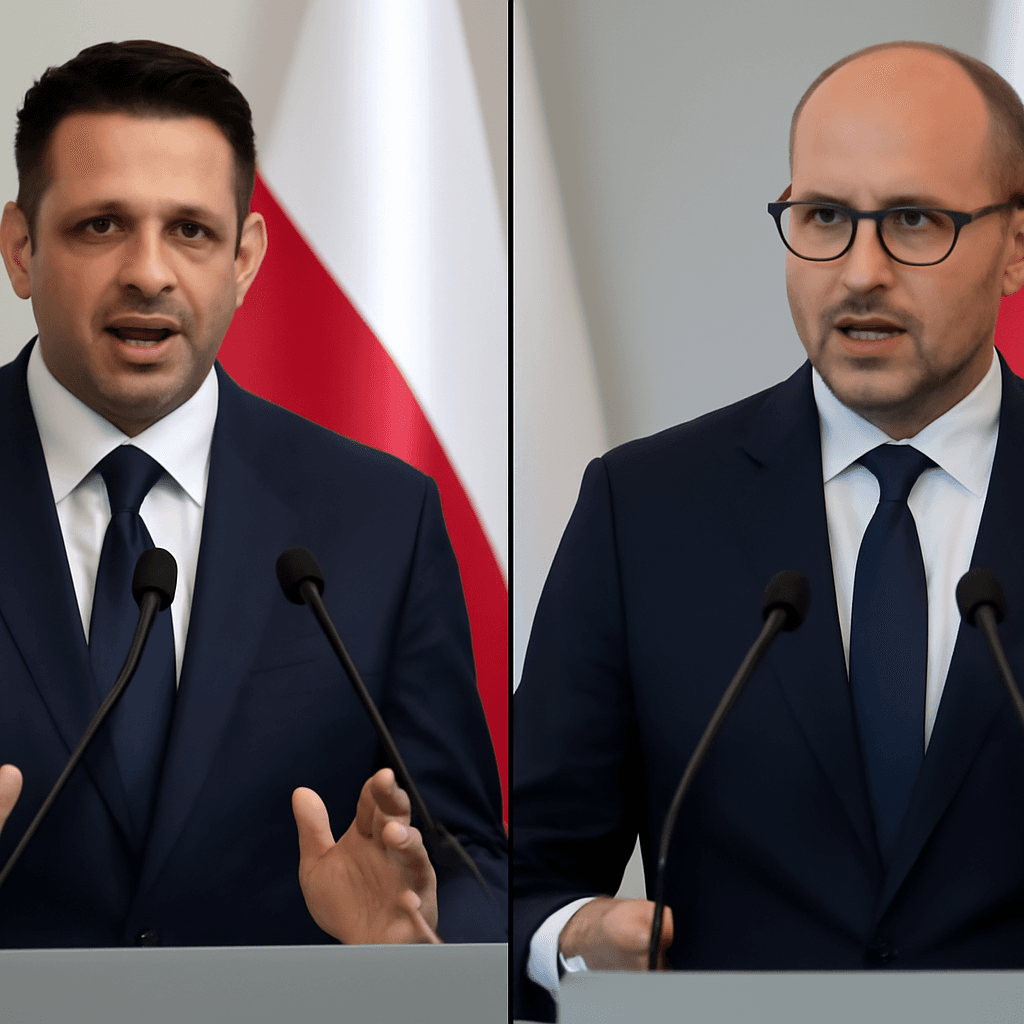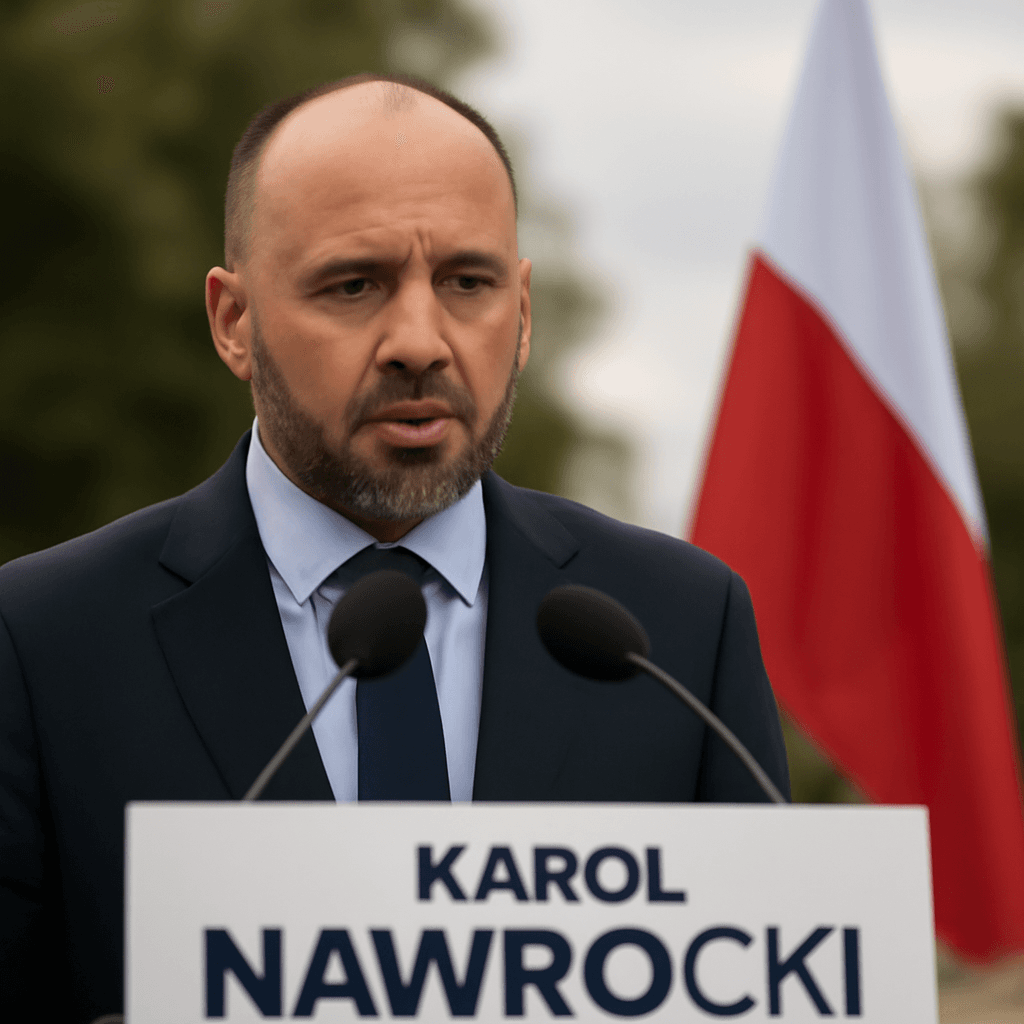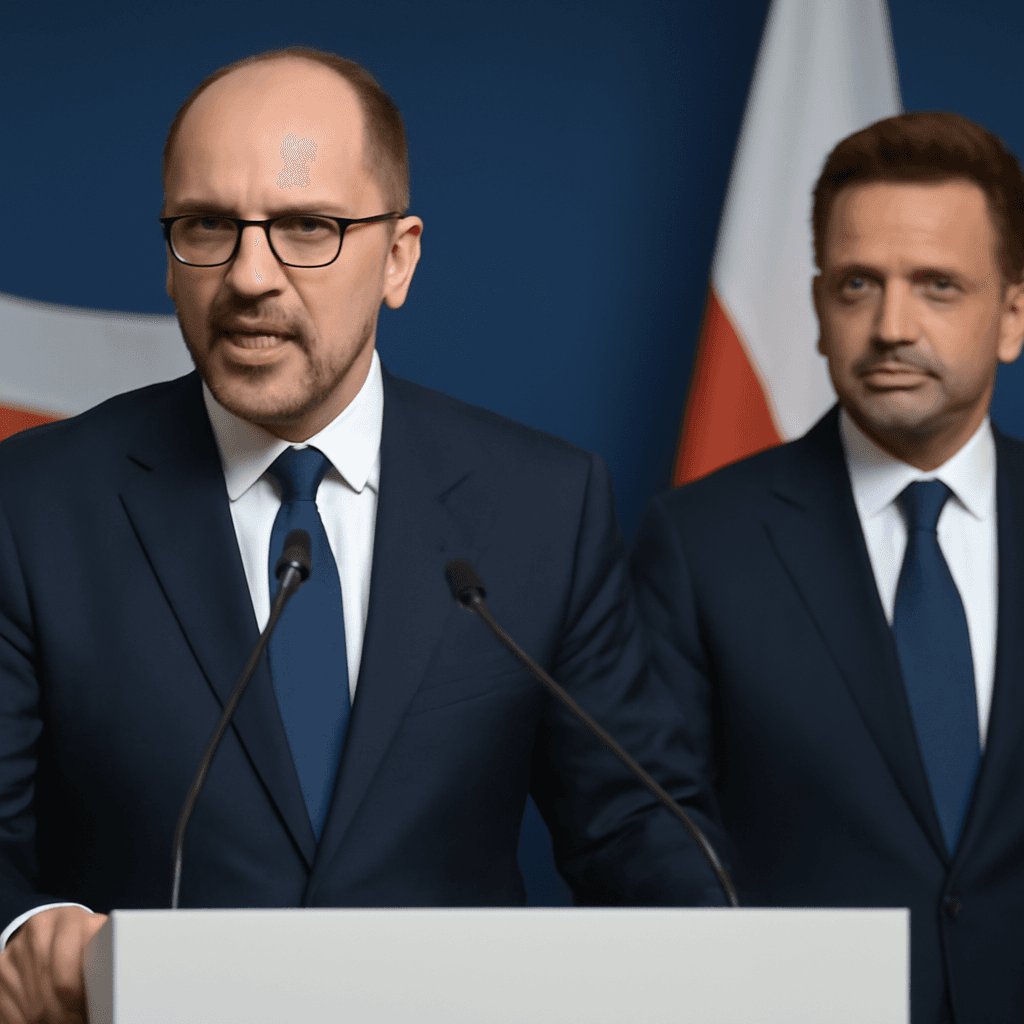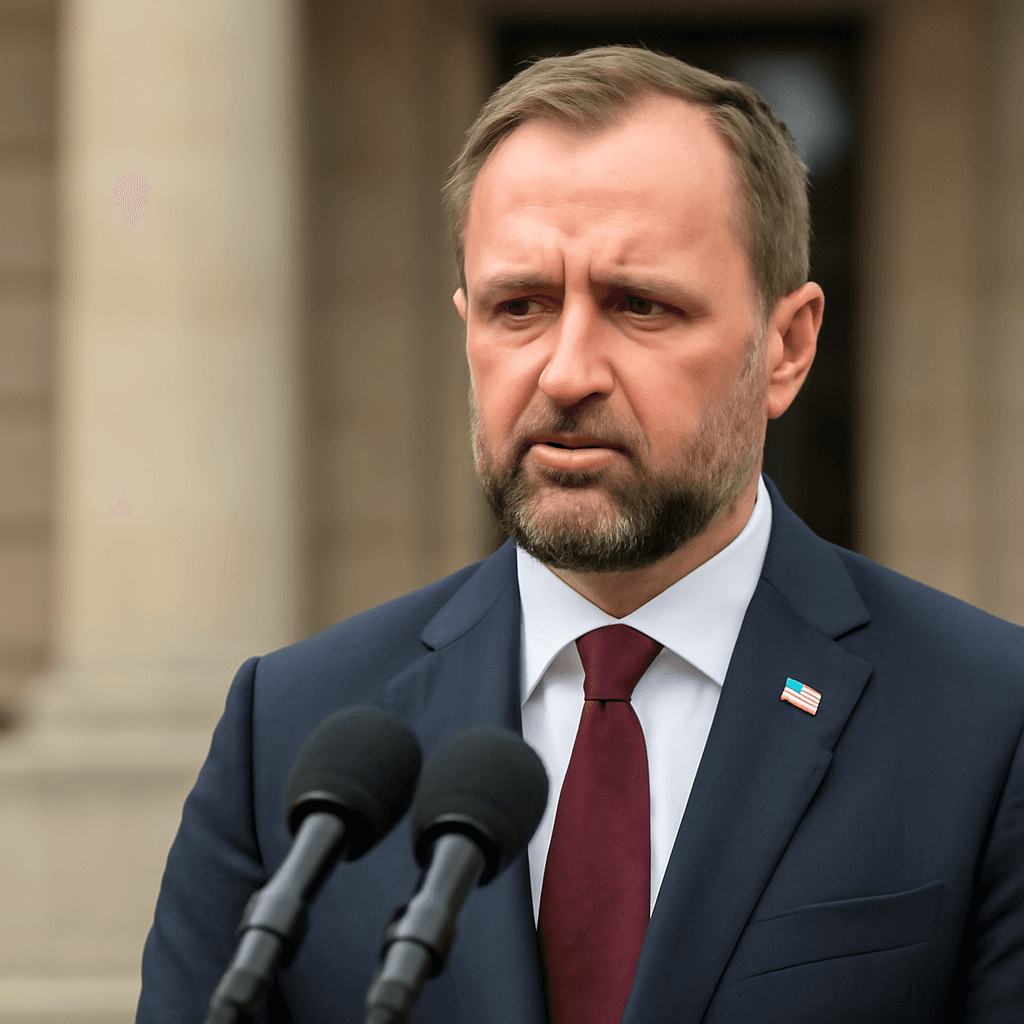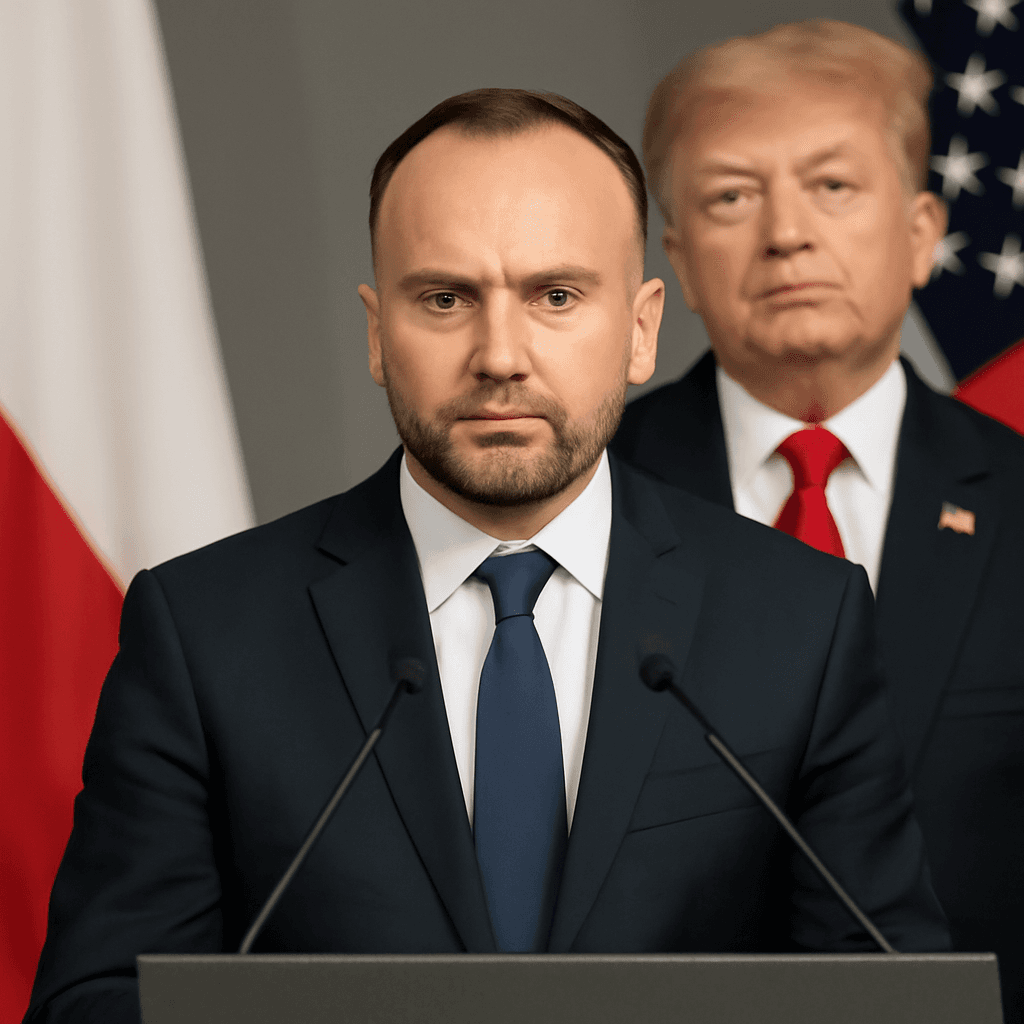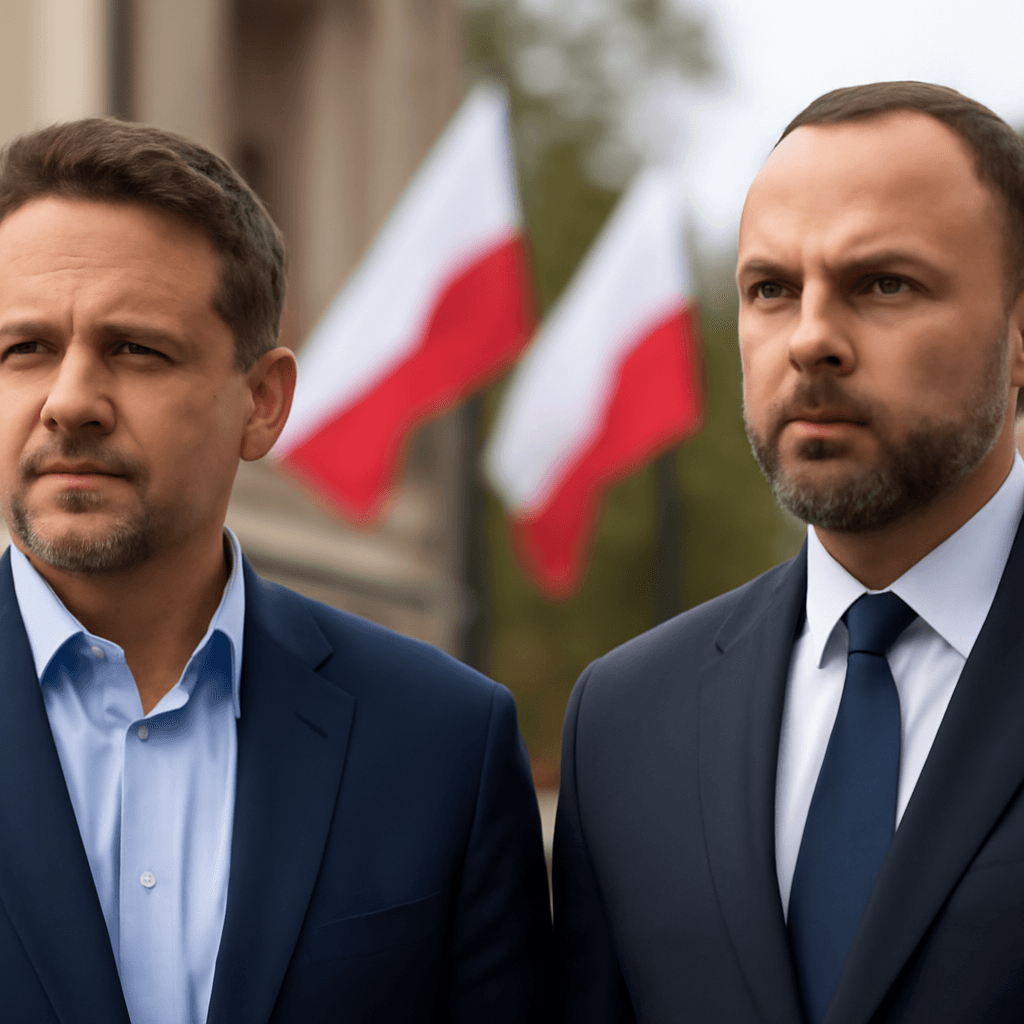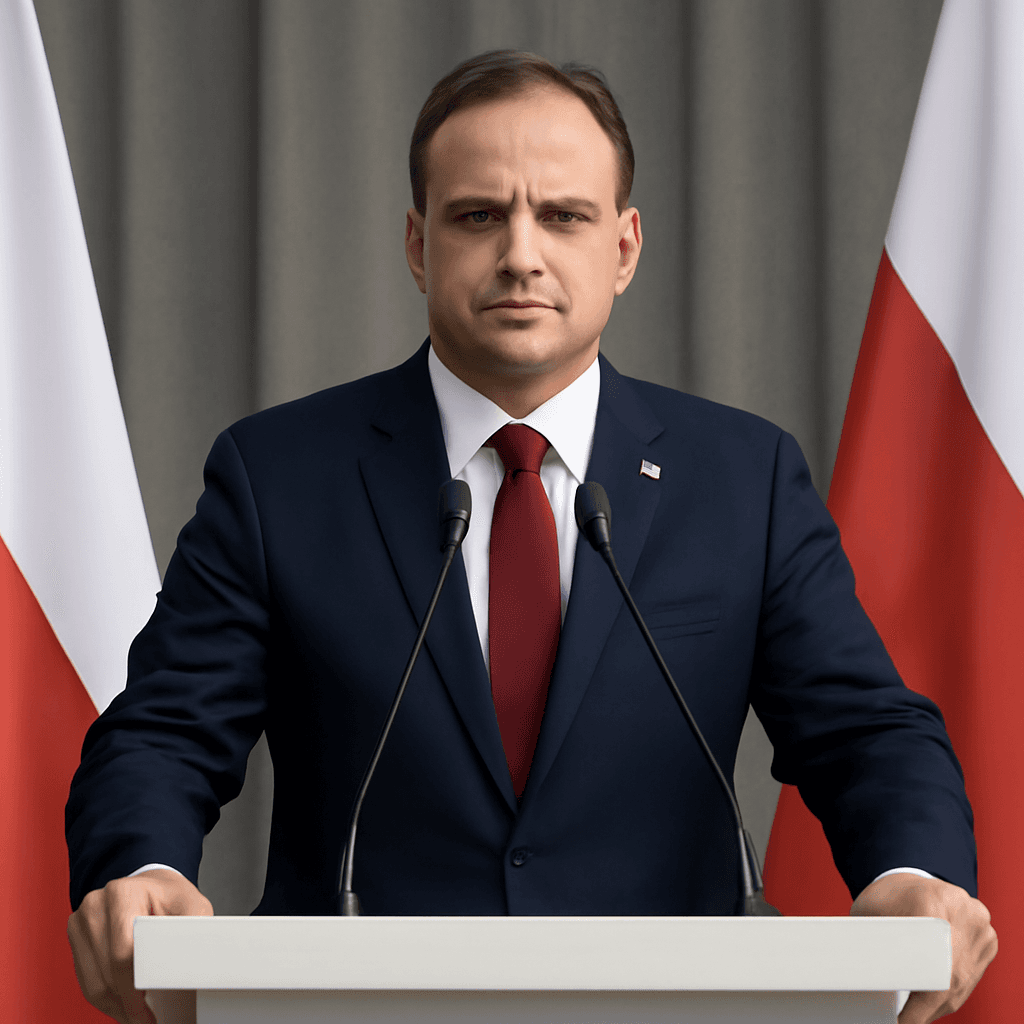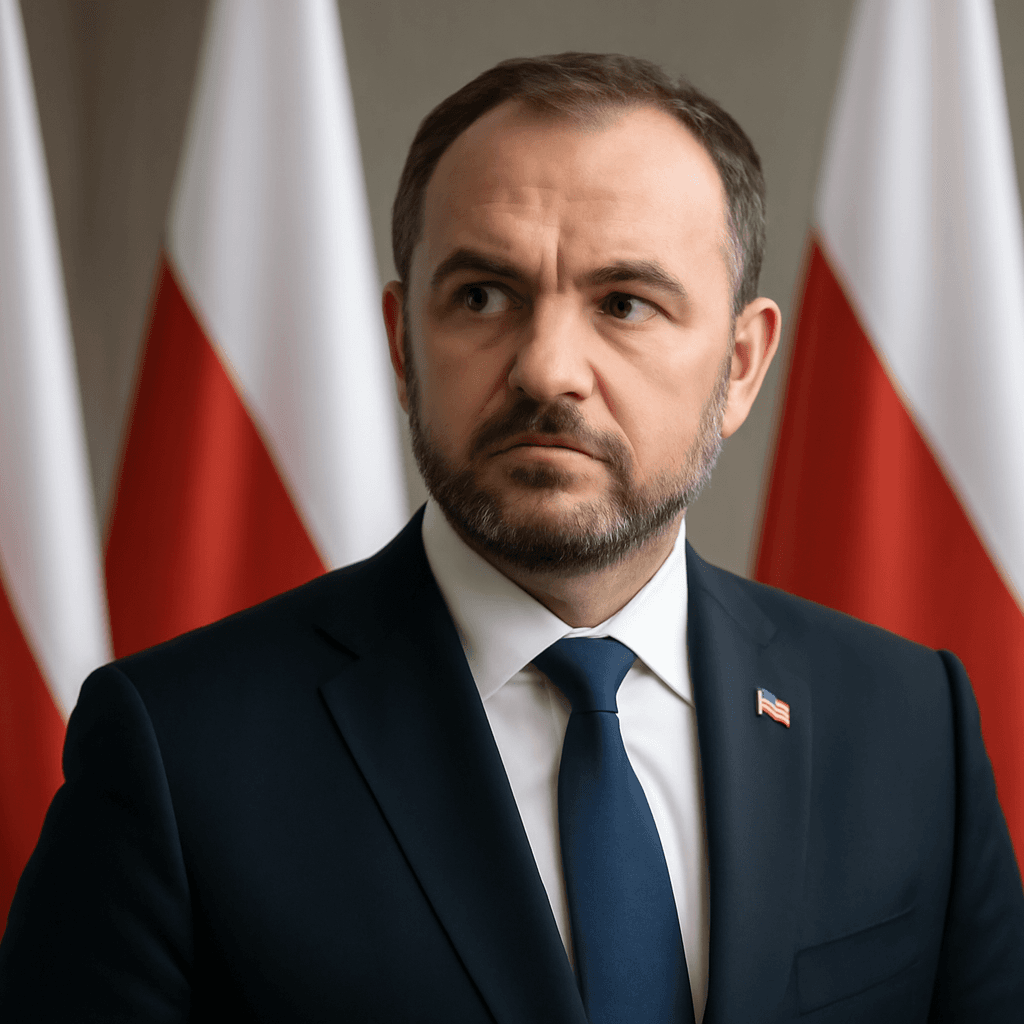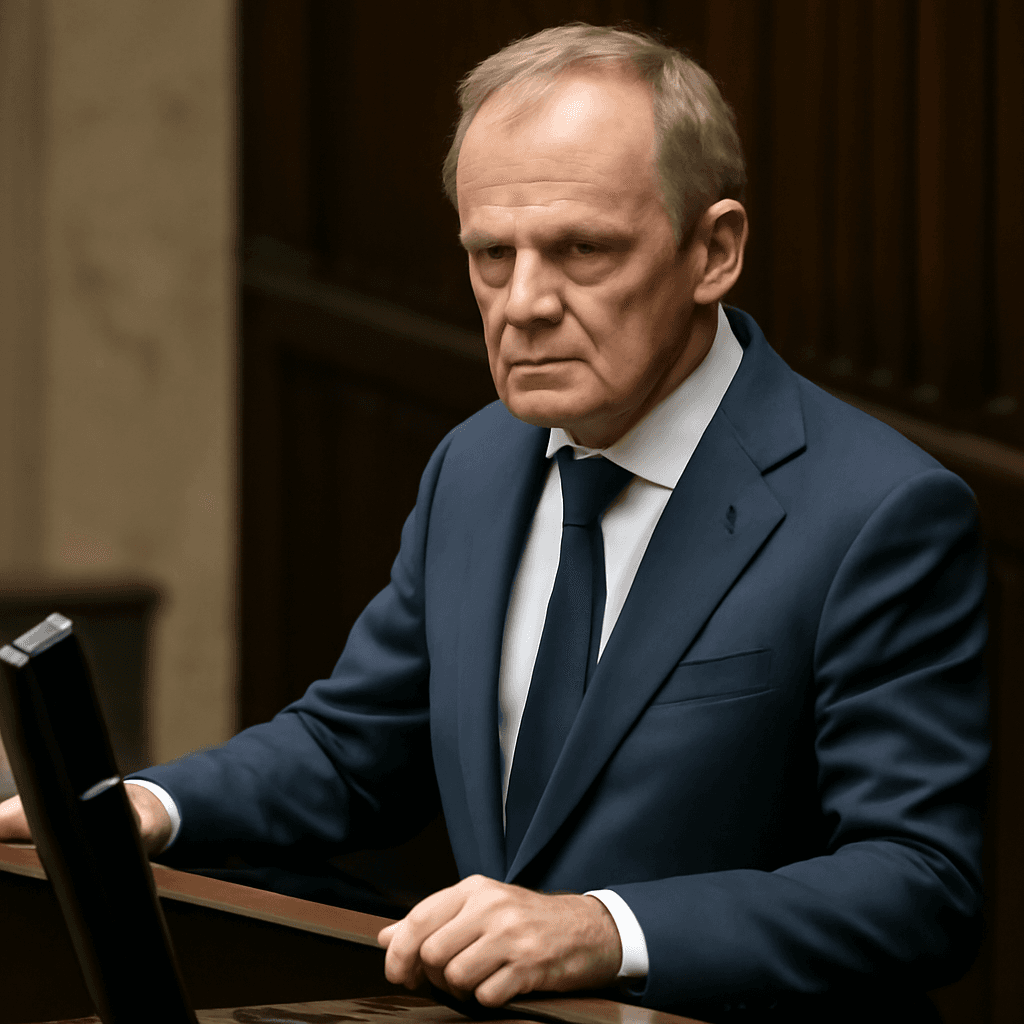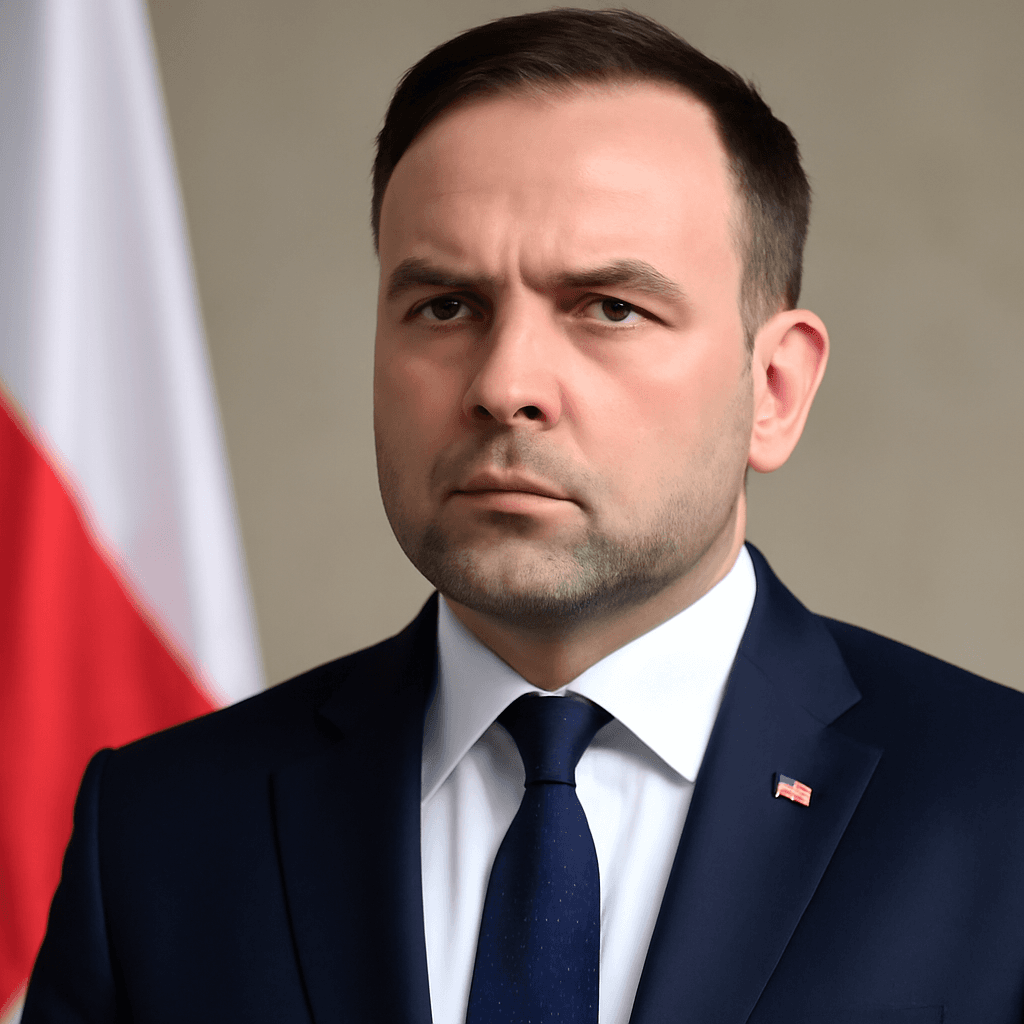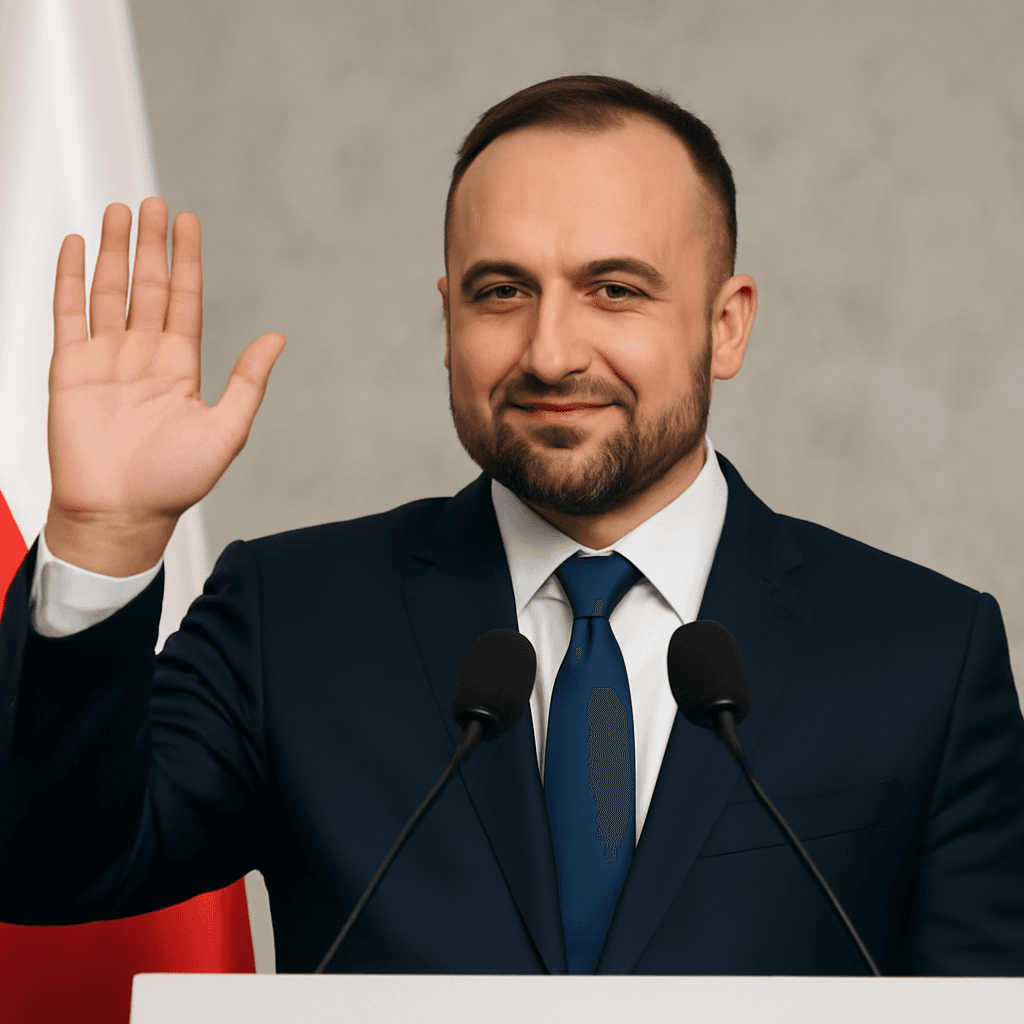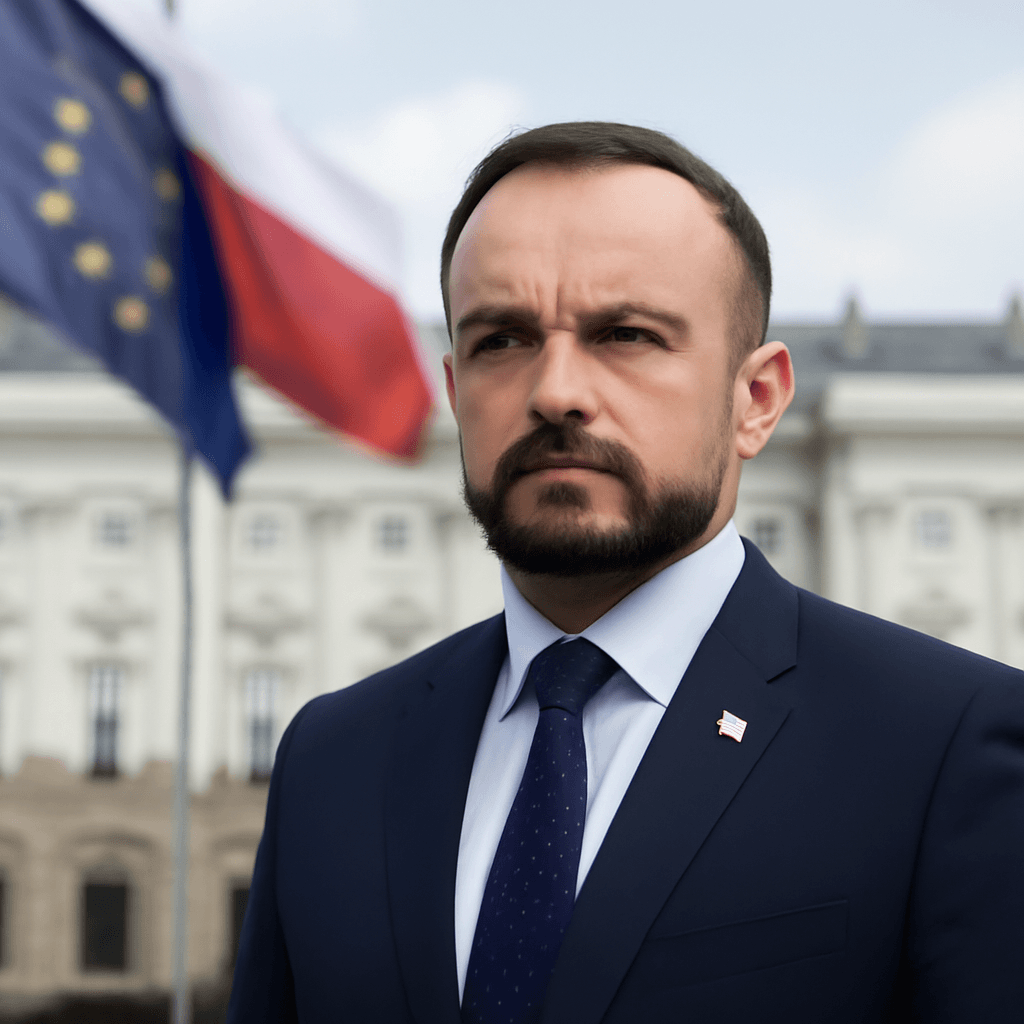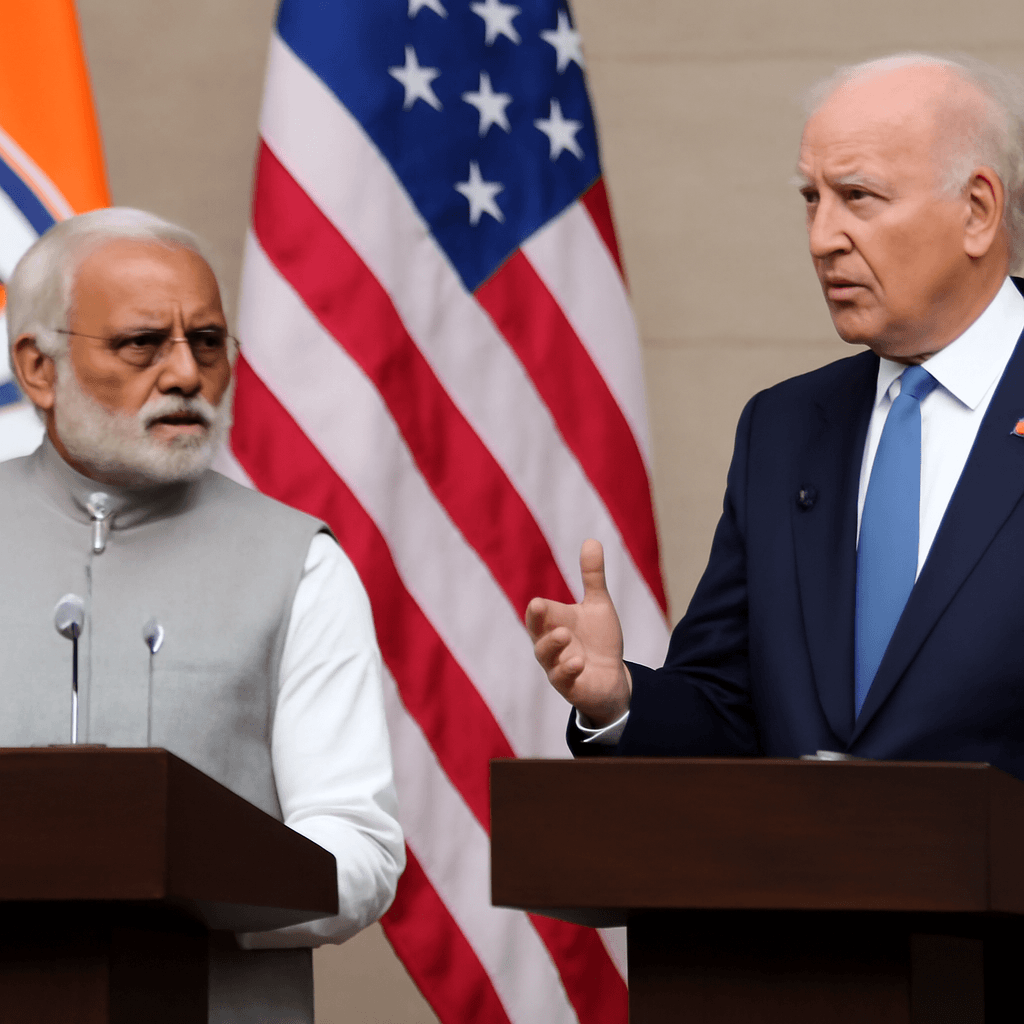Rafal Trzaskowski Leads Tight Presidential Race in Poland
Rafal Trzaskowski, the centrist mayor of Warsaw, is positioned for a narrow victory in Poland’s presidential election, according to exit polls released on Sunday. The vote is being viewed as a crucial indicator of public support for a pro-European Union direction versus nationalist policies similar to Donald Trump’s style.
Exit Poll Results and Political Context
An exit poll conducted by Ipsos for major Polish broadcasters showed Trzaskowski securing 50.3% of the vote against nationalist candidate Karol Nawrocki, who was close behind with 49.7%. The margin of error for the poll is 2 percentage points. Official results were anticipated on Monday.
Trzaskowski, aged 53, stands with the ruling Civic Coalition (KO) and has pledged to support the government led by Prime Minister Donald Tusk in completing democratic reforms. These reforms aim to restore balance and address erosions caused under the previous nationalist administration that lost power in 2023.
Following the exit poll results, Trzaskowski addressed supporters, stating, “We won. I will bring people together, I will be constructive, I will be a president for all Poles.”
Significance of the Presidency and Regional Impact
Though the Polish parliament holds the majority of legislative power, the president can veto legislation, granting the office significant influence. This election outcome is being closely monitored not only within Poland but also by neighboring Ukraine, Russia, the European Union, and the United States.
On defense matters, both candidates agree on increasing military spending in line with US demands and maintaining support for Ukraine amidst its ongoing conflict with Russia, which has lasted three years. However, they differ sharply on Ukraine’s NATO membership: Trzaskowski supports it as critical to Poland’s security, while Nawrocki has expressed reservations, fearing it could escalate conflict with Russia.
Karol Nawrocki’s Stance and Election Dynamics
Karol Nawrocki, a conservative historian with nationalist backing, draws inspiration from the MAGA movement and has vowed to contest the results, claiming that the fight for Poland’s future is not yet decided. He criticized the current administration's hold on power and vowed to protect Poland’s traditional values.
The election marks a rigorous test for the government formed nearly two years ago by Tusk, a former European Council president. Nawrocki framed the contest as a referendum on Tusk’s policies amid growing political fragmentation suggested by prior election rounds.
Electoral Base and Societal Divides
The two main parties traditionally draw support from distinct demographics. Law and Justice (PiS), backing Nawrocki, retains strong backing in smaller towns and rural communities, especially in southern and eastern Poland. These regions tend to be socially conservative and economically less affluent.
Conversely, the Civic Coalition (KO) appeals primarily to urban, liberal voters advocating a closer relationship with the European Union. Social issues, including Poland's near-total abortion ban, were pivotal in the campaign. Trzaskowski advocates easing restrictions, in contrast to the outgoing nationalist president’s opposition.
Conclusion and Next Steps
As official results finalize, the presidential race remains exceptionally close, reflecting deep divisions within Polish society about its political direction. The outcome will shape Poland’s democratic trajectory, relations with the EU and NATO, and its stance amid regional security challenges.
- Exit poll: Trzaskowski leads with 50.3%, Nawrocki at 49.7%
- Presidency holds veto power influencing legislative process
- Both candidates support defense spending; differ on Ukraine NATO membership
- Election highlights urban-rural divide and social conservative-liberal tensions

